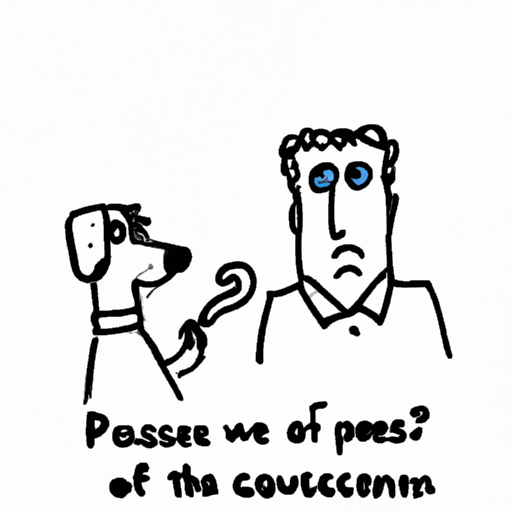1. Introduction
As a loving caregiver to your furry friend, you may find yourself considering the use of dog whistles. These devices, often lauded for their effectiveness in training and controlling canine behavior, are not without their share of controversy. You’ve probably asked yourself whether it’s cruel to use a dog whistle. This article will delve deep into the topic and provide you with a comprehensive understanding.
2. Understanding Dog Whistles
Dog whistles, otherwise known as “silent” or “Galton’s” whistles, emit sound in the ultrasonic range which humans can’t hear but dogs can. They are typically used in dog training as a form of communication.
Table 1: Types of Dog Whistles
| Type | Description |
|---|---|
| Acme Whistle | Produces a single tone that’s adjustable |
| Dual Tone Whistle | Emits two different tones |
| Silent Whistle | Produces ultrasonic sound only audible to dogs |
3. The Science Behind Dog Whistles
Dog whistles work based on the principle of classical conditioning. This method, pioneered by psychologist Ivan Pavlov, revolves around associating a neutral stimulus with a significant one until the neutral stimulus alone can elicit a response.
4. Are Dog Whistles Painful?
You might be worried that the high-frequency sound emitted by a dog whistle could cause physical discomfort or pain to your dog. The answer is not straightforward. Dog whistles themselves do not cause physical harm. However, if used improperly, they can potentially lead to adverse effects.
5. Misuse of Dog Whistles
Misuse of a dog whistle can lead to confusion or fear in your dog. The problems arise when:
- The whistle is used as a punishment tool.
- The sound of the whistle is too loud.
- The whistle is used inconsistently, causing confusion.
6. Proper Use of Dog Whistles
To ensure you’re using a dog whistle in a humane and effective way:
- Use the whistle as a communication tool, not a punishment device.
- Start with a low volume and gradually increase if needed.
- Maintain consistency in your whistle signals.
7. Alternatives to Dog Whistles
If you’re uncomfortable with the idea of using a dog whistle, there are other training tools you can explore:
- Clicker training
- Hand signals
- Verbal commands
8. Conclusion
Dog whistles are not inherently cruel or harmful. When used correctly, they can be effective communication tools. However, like any training tool, they must be used responsibly and appropriately.
Frequently Asked Questions
What does a dog whistle sound like to dogs?
To dogs, a dog whistle sounds like a sharp, loud whistle. However, the exact sound perception can vary based on the dog’s breed and individual hearing capabilities.
Can a dog whistle stop barking?
Yes, a dog whistle can be used to stop barking, but it’s not a magic solution. It requires consistent training and positive reinforcement.
Can a dog whistle hurt a dog’s ears?
A dog whistle itself won’t hurt a dog’s ears. However, if the volume is too high or the whistle is used too close to the dog, it may cause discomfort.
Are there any risks associated with using dog whistles?
The main risk is potential fear or confusion if the whistle is misused. This can lead to behavioral issues. Therefore, it’s always recommended to use any training tool, including dog whistles, responsibly.
Do all dogs respond to dog whistles?
Not all dogs will respond to dog whistles. Dogs with impaired hearing may not hear the whistle, while others may not respond due to lack of training or understanding. It’s crucial to remember that every dog is an individual and what works for one might not work for another.



